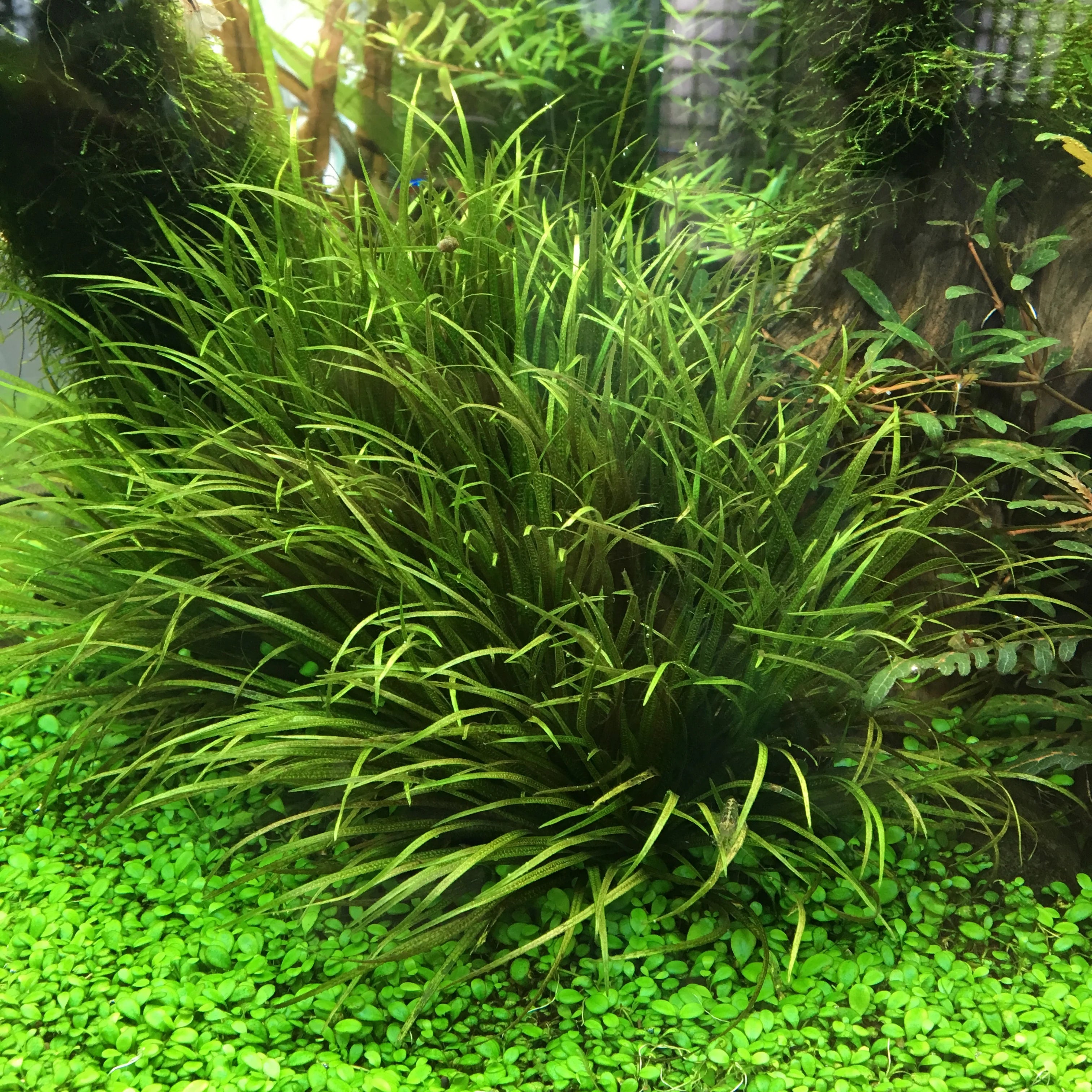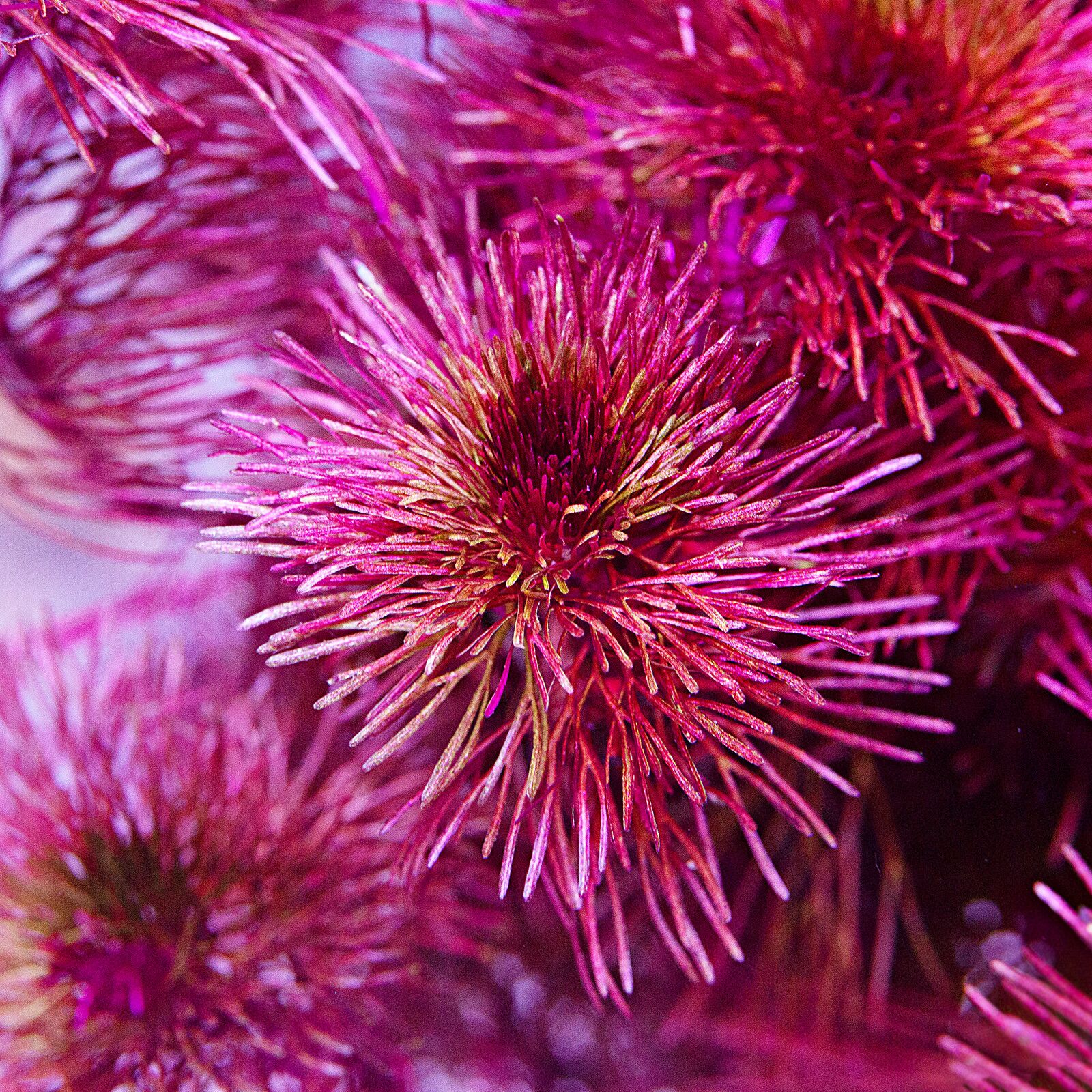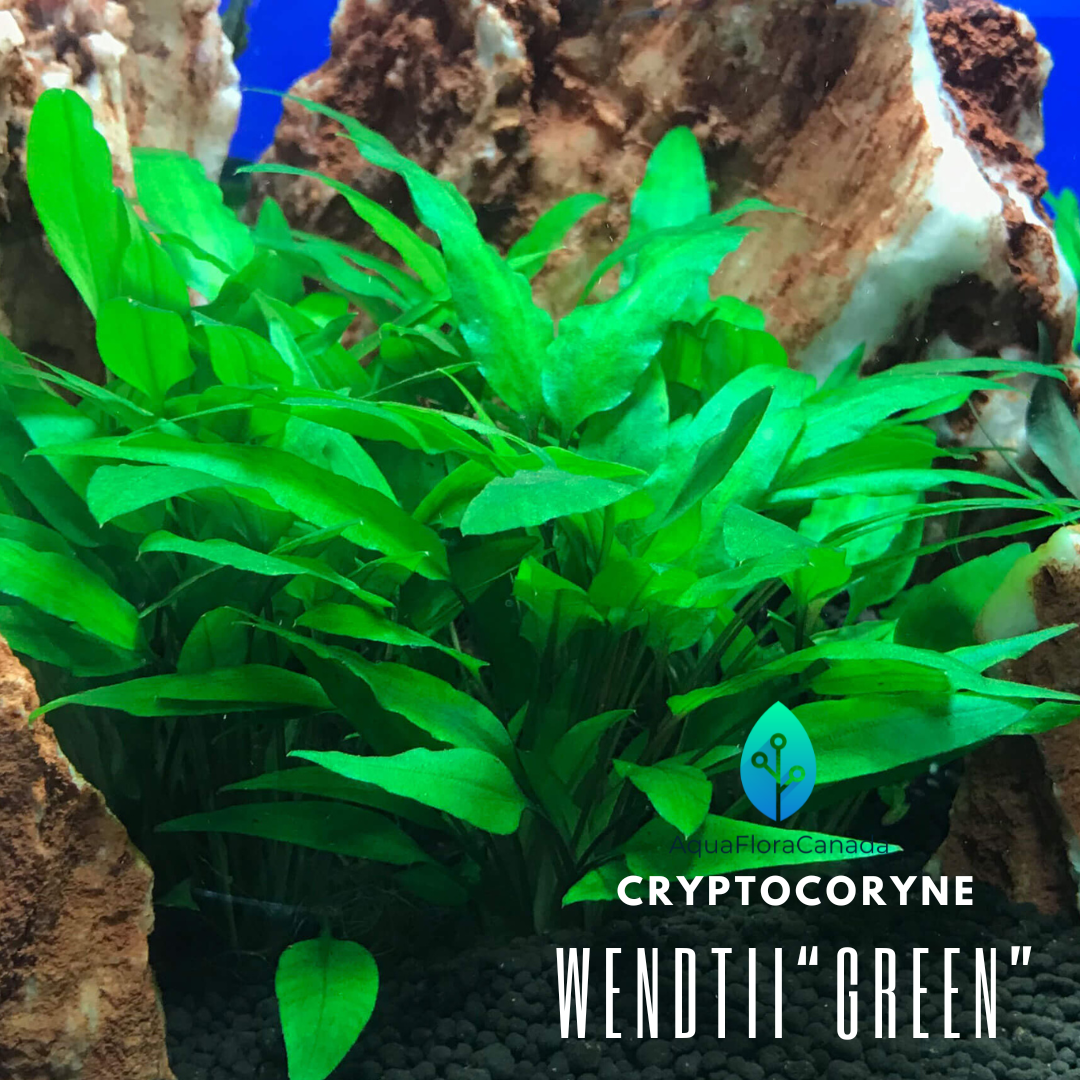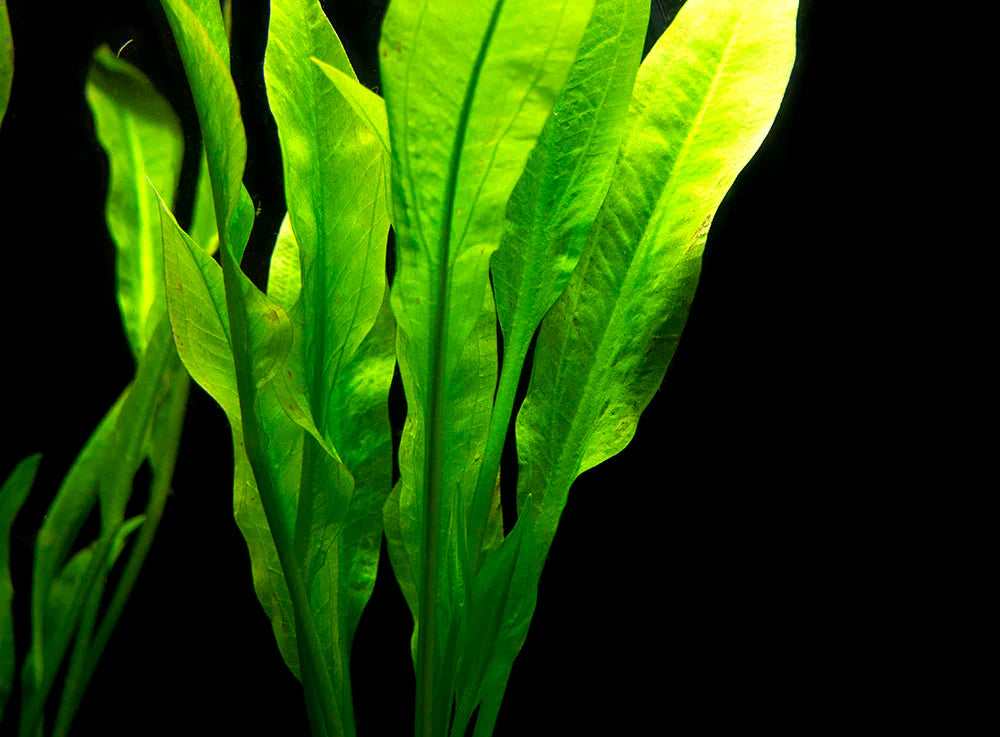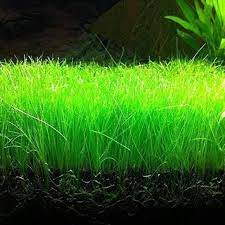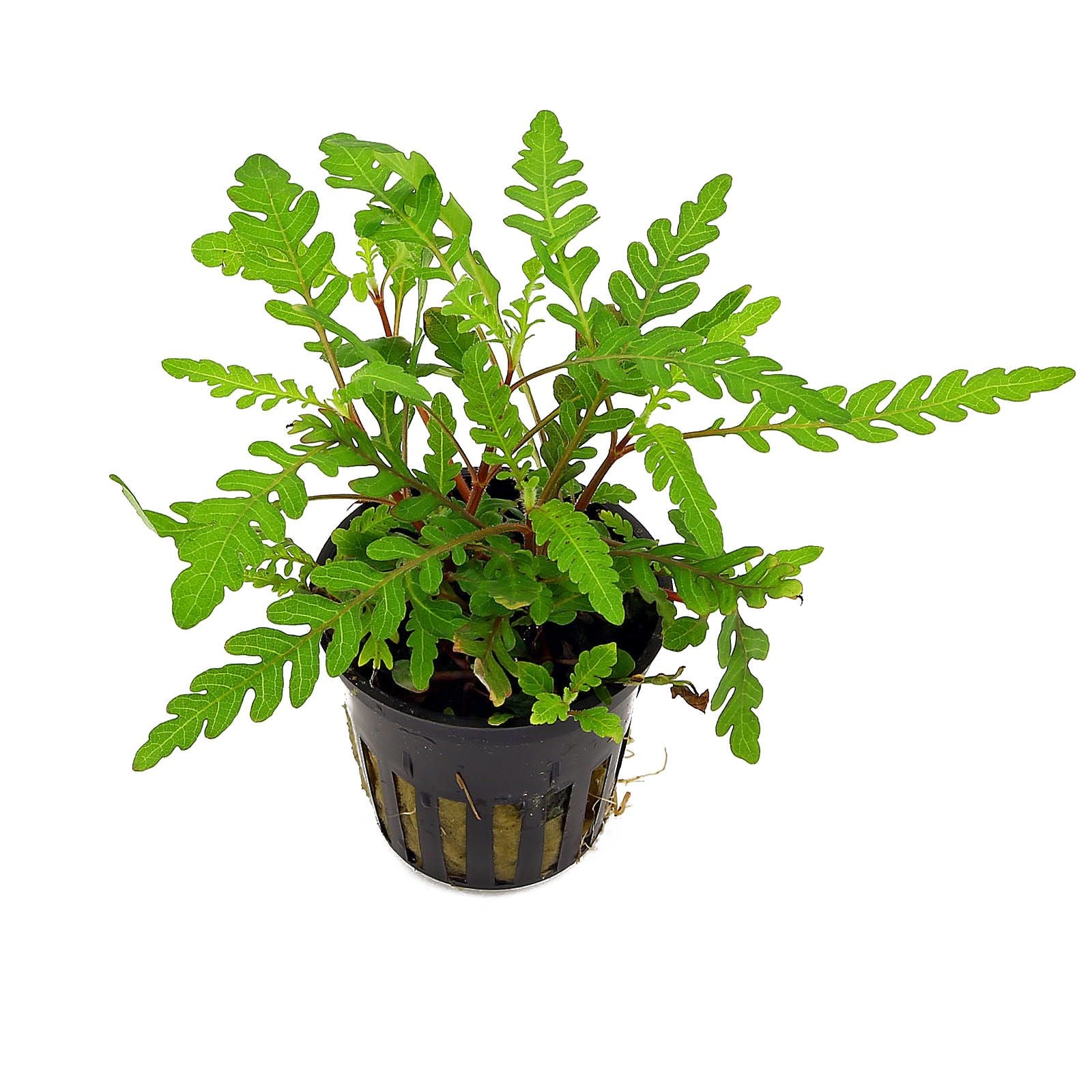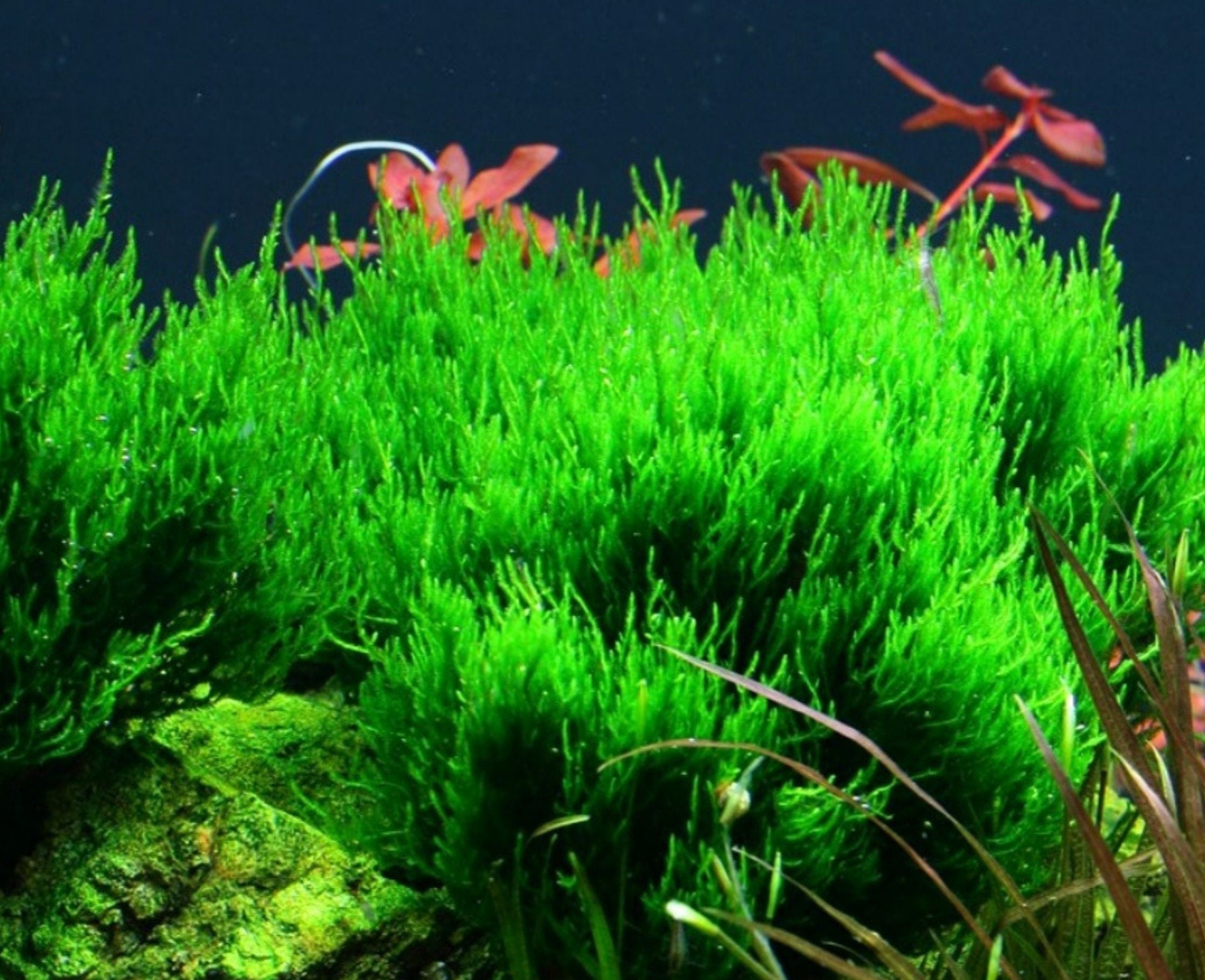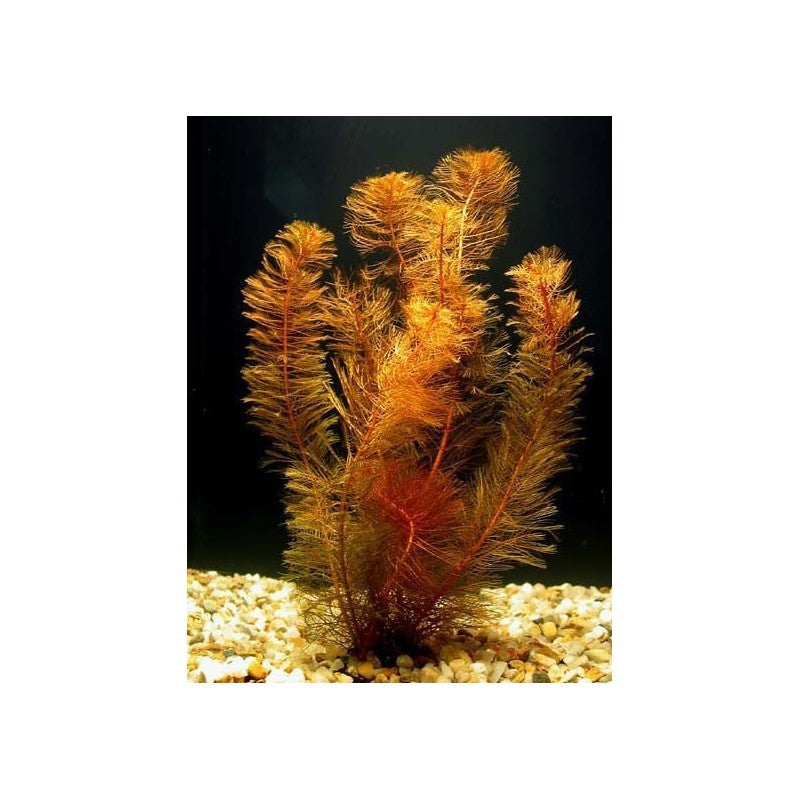Clown Loaches (Chromobotia macracanthus) are a popular and vibrant species of freshwater fish that add both color and activity to aquariums. Here’s a detailed overview of these fascinating fish:
Description
- Appearance: Clown Loaches are known for their striking orange or yellow bodies adorned with three prominent black stripes. The first stripe passes through the eye, the second through the dorsal fin, and the third near the base of the tail. They have long, slender bodies and can grow to be quite large over time, often reaching 20-30 cm (8-12 inches) in length.
- Size: While they are often sold as juveniles at around 5-7 cm (2-3 inches), Clown Loaches can eventually grow up to 30 cm (12 inches) in captivity, making them one of the larger freshwater aquarium species.
Habitat
- Native Range: Clown Loaches are native to the rivers and floodplains of Indonesia, primarily found in Borneo and Sumatra.
- Natural Habitat: In the wild, they inhabit slow-moving rivers with sandy or muddy substrates and are often found in areas with dense vegetation or submerged roots and branches.
Care and Maintenance in Aquariums
- Tank Size: Due to their potential size and active nature, a spacious tank is essential. A minimum of 40 gallons is recommended, but larger is better, especially for a group of Clown Loaches.
- Water Parameters: Clown Loaches thrive in a temperature range of 24-30°C (75-86°F) and prefer slightly acidic to neutral water (pH 6.0-7.5). They are sensitive to poor water quality, so regular maintenance and water changes are crucial.
- Substrate: A soft, sandy substrate is ideal as Clown Loaches like to sift through the substrate in search of food. Avoid sharp or coarse gravel that could damage their delicate barbels.
- Tank Setup: Provide plenty of hiding spots using driftwood, rocks, and caves, as Clown Loaches are naturally shy and enjoy having places to retreat. They also appreciate areas of dense vegetation and subdued lighting.




